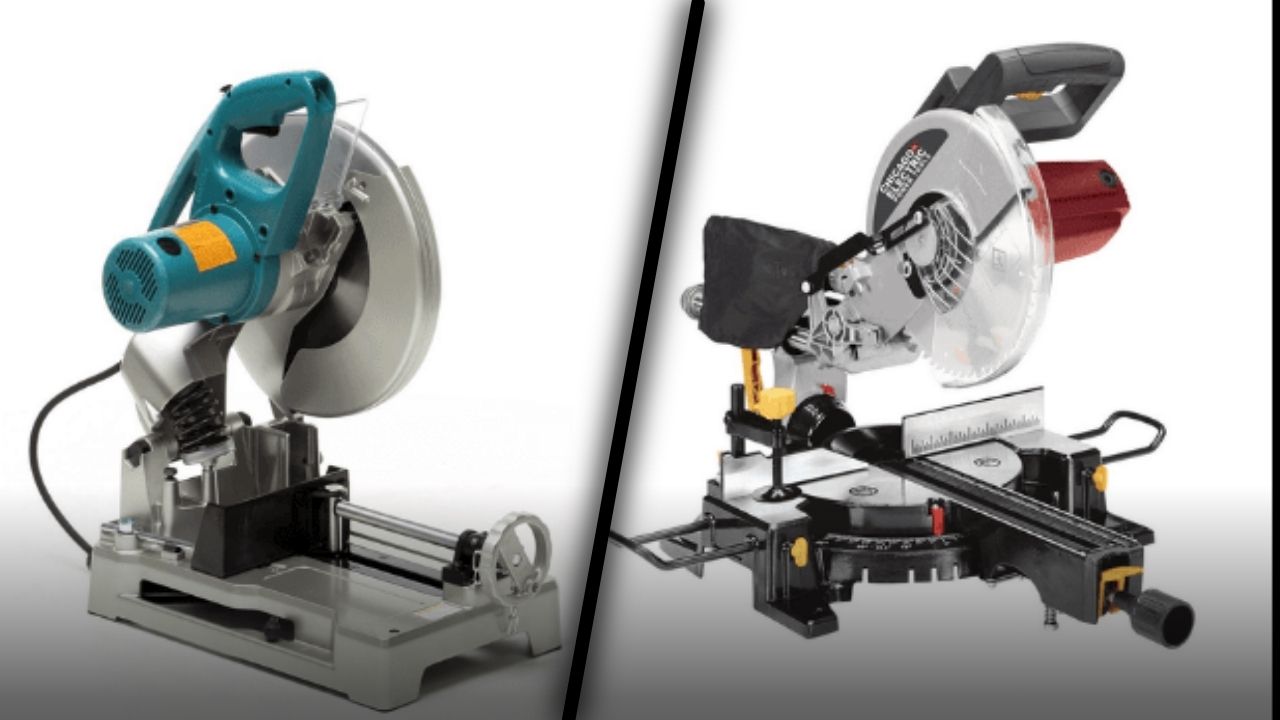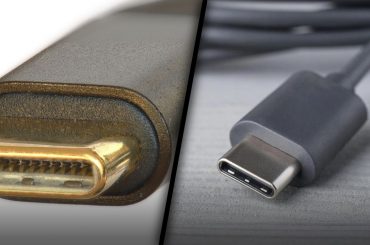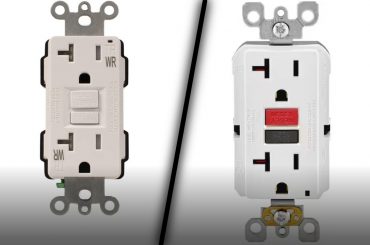There is a clear difference between a chop saw and a miter saw. Cut metal with a chop saw, cut wood with a miter saw. Here’s how it breaks down.
Those who have worked on a jobsite for a while may remember a time when chop saws were a new innovation that saved them time. Construction sites and home woodshops both benefitted from its simple crosscutting and framing functions.
The ability to rotate the chop saw took manufacturers a short time to introduce, making it a much more useful tool. With this tool, miters (angles) are no longer cut by hand using miter boxes and handsaws. There was more to come from manufacturers! As well as cutting bevels, they added sliding tracks for cutting wide boards and a tiltable blade for cutting bevels.
This added functionality makes miter saws what they are today. They have as much in common with Apple Newtons and PalmPilots as they do with chop saws. Despite miter saws replacing chop saws in woodworkers’ tool collections, chop saws remain common. There are still traditional wood-cutting ones available, but most of them are designed for cutting metal.
What Is a Chop Saw?
The chop saw cuts wood or metal into shorter pieces by crosscutting (cutting across the width) lengths. A rip cut (cutting along the length) is not possible, nor is it available for cutting angles, bevels, or curves.
Material being cut is clamped onto the table and supported by a fence in the back. This tabletop circular saw pivots up and down and extends about a foot from the middle of the table to cut the material.
The user starts the saw by pushing the trigger and then lowers the blade into the material while gripping the handle on the top. If the user releases the handle after completing the cut, the saw will automatically return to its original position.
What Is a Miter Saw?
Miter saws are similar to chop saws, but they differ in one key way: the stand holding them can pivot left or right, usually at an angle of 45 degrees.
Miter saw tables have rounded fronts rather than square ones like chop saws, and they are marked with angle gauges. An angle selector is located on the front of the table and is used to rotate the saw. When the angle is selected, the handle is locked into place and cannot be moved.
A compound miter saw has an additional advantage: It can lock onto a particular angle by rotating on a horizontal axis parallel to it. In this way, bevel cuts can be made in the vertical plane, i.e. cuts at angles other than 90 degrees. The user can slide a compound miter saw back and forth along a horizontal track to measure and cut wide pieces of wood with this type of saw.
What Are They Used For?
Chop saws are commonly used for cutting metal, as we mentioned above. Therefore, tables usually have a longer length than a wide width and a clamp that can be adjusted.
Interchangeable blades are available for metal-cutting machines. If you want to cut metal quickly, you can use an abrasive blade, which cuts slowly and works on all types of metal, or you can use a TCT blade which has teeth.
Cutting tubing and other relatively thin metals is faster and more accurate with a TCT blade. Clamping the material at an angle to the table allows you to make angle cuts, even though the blade angle isn’t adjustable.
Cutting is done with chop saws in the following ways:
- Angle iron and rebar are metal rods;
- Pipes made of metal and plastic;
- Posts, gutters, and studs made of metal;
- Nailed, screwed, and metal-encrusted wood.
In addition to doing everything that a traditional chop saw can do, a miter saw does a lot more, so woodworkers prefer to use them. Most cuts you’ll need on a construction site can be made with a standard miter saw. In the shop, however, you’ll be better off using a compound miter saw.
Cutting with a miter saw involves:
- Baseboards and corner bead crosscuts must be straight;
- Floor boards cut to length from hardwood;
- Building frames for windows, doors, and pictures requires angles;
- It is stronger to make lap joints with bevels than butt joints with 90-degree cuts;
- Crown molding with compound angles.
Pros and Cons
The purpose of chop saws and miter saws differ today, although they weren’t always so, so there’s no point in comparing chop saws vs. miter saws. Although circular saws and table saws can perform similar operations, it makes sense to compare them with other types of saws.
Pros
- Precision: The blades don’t wander while you’re cutting, so they provide more accurate alignment than circular saws.
- Repeatability: You can quickly mass produce parts by repeating the same type of cut.
- Safety: While eye protection is a must and hands should be kept away from the blade, cutting with a chop saw or miter saw is safer than cutting with a circular or table saw.
Cons
- Specific purpose: Miter saws and chop saws are only used for crosscutting.
- Limited stock size: Both miter saws and chop saws won’t cut thick or wide materials. Stock that is wider than 12 inches cannot be cut with most sliding miter saws.
- Small table: A support system is usually required when cutting long stock.
How Much Do They Cost?
There are chop saws that cost less than $100 that are decent. However, if you want more power or a blade that tilts so you can cut bevels (some chop saws have this feature), you should expect to pay up to $400.
Compound miter saws are the most common miter saws today. You can find one for less than $150 if you’re on a budget. You’ll need to pay between $450 and $700 for a track-mounted one. These miter saws are available as corded as well as cordless models.





